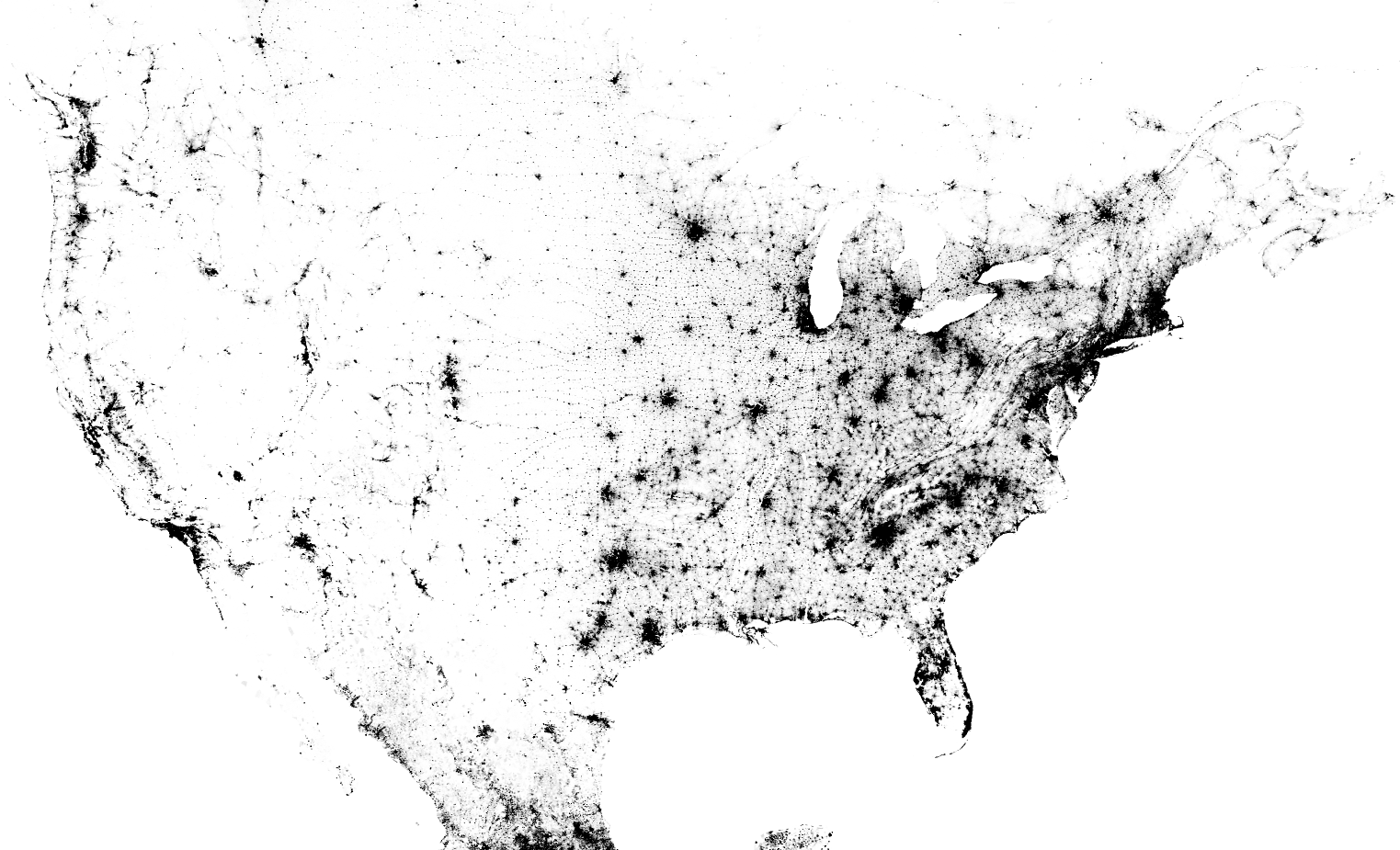Many open data initiatives forget to include the basic facts about the government itself by Philip Ashlock.
From the post:
In the past few years we’ve seen a huge shift in the way governments publish information. More and more governments are proactively releasing information as raw open data rather than simply putting out reports or responding to requests for information. This has enabled all sorts of great tools like the ones that help us find transportation or the ones that let us track the spending and performance of our government. Unfortunately, somewhere in this new wave of open data we forgot some of the most fundamental information about our government, the basic “who”, “what”, “when”, and “where”.
Do you know all the different government bodies and districts that you’re a part of? Do you know who all your elected officials are? Do you know where and when to vote or when the next public meeting is? Now perhaps you’re thinking that this information is easy enough to find, so what does this have to do with open data? It’s true, it might not be too hard to learn about the highest office or who runs your city, but it usually doesn’t take long before you get lost down the rabbit hole. Government is complex, particularly in America where there can be a vast multitude of government districts and offices at the local level.
…
How can we have a functioning democracy when we don’t even know the local government we belong to or who our democratically elected representatives are? It’s not that Americans are simply too ignorant or apathetic to know this information, it’s that the system of government really is complex. With what often seems like chaos on the national stage it can be easy to think of local government as simple, yet that’s rarely the case. There are about 35,000 municipal governments in the US, but when you count all the other local districts there are nearly 90,000 government bodies (US Census 2012) with a total of more than 500,000 elected officials (US Census 1992). The average American might struggle to name their representatives in Washington D.C., but that’s just the tip of the iceberg. They can easily belong to 15 government districts with more than 50 elected officials representing them.
We overlook the fact that it’s genuinely difficult to find information about all our levels of government. We unconsciously assume that this information is published on some government website well enough that we don’t need to include it as part of any kind of open data program
Yes, the number of subdivisions of government and the number of elected officials are drawn from two different census reports, the first from the 2012 census and the second from the 1992 census, a gap of twenty (20) years.
The Census bureau has the 1992 list, saying:
1992 (latest available) 1992 Census of Governments vol. I no. 2 [PDF, 2.45MB] * Report has been discontinued
Makes me curious why such a report would be discontinued?
A report that did not address the various agencies, offices, etc. that are also part of various levels of government.
Makes me think you need an “insider” and/or a specialist just to navigate the halls of government.
Philip’s post illustrates that “open data” dumps from government are distractions from more effective questions of open government.
Questions such as:
- Which officials have authority over what questions?
- How to effectively contact those officials?
- What actions are under consideration now?
- Rules and deadlines for comments on actions?
- Hearing and decision calendars?
- Comments and submissions by others?
- etc.
It never really is “…the local board of education (substitute your favorite board) decided….” but “…member A, B, D, and F decided that….”
Transparency means not allowing people and their agendas to hide behind the veil of government.
